
Hankook Tyre UK is once again announced as the winner of TyreSafe’s Tyre Manufacturer of the Year Award. The award recognizes Hankook’s significant contribution to raising driver awareness of tire safety-related issues. The tire maker is commended for delivering engaging campaigns to UK drivers, informing and educating them on the importance of tire safety and maintenance.
Daventry, UK, October 30, 2020 – Global leading tire maker Hankook Tire is announced as the winner of road safety charity Tyresafe’s Tyre Manufacturer Award 2020. The award recognizes the continued contribution by Hankook to raise awareness of tire safety over the past twelve months. Hankook was also presented with this award in 2019. Over the past twelve months Hankook UK launched three tire safety campaigns across social channels including Facebook and YouTube. The first incorporated Tyresafe’s ‘Summer Motoring’ campaign to make drivers aware that more tire-related incidents happen on British roads during the summer months1 than at any other time of the year, and to remind them to check their tires before setting off on holiday.
The second campaign was activated in collaboration with a social media influencer, with video content informing drivers on topics such as how to maintain their tires’ condition for optimum performance and control and lower fuel consumption, choosing the right tire for the season, ensuring the correct tire pressure and how to check their tread.
The third campaign informed and educated drivers on the function of tire tread, pattern differences on summer, all-season and winter tires and also why they need to prioritize their tire safety in anticipation of the winter weather and road conditions.
Declaring Hankook Tyre UK as TyreSafe’s 2020 winner of the Tyre Manufacturer of the Year Award 2020, TyreSafe Chair and Chair of Awards Judging, Stuart Jackson said, “Hankook’s commitment to raise awareness on tire safety resulted in a well targeted campaign, which highlighted specific messages relevant to their core age group. A good library of resources was created to support it resulting in a program of clear and engaging content. Congratulations Hankook on being TyreSafe’s Tyre Manufacturer of the Year Award winner.”
Zoë Baldwin, Marketing Manager of Hankook Tyre UK said: “We are delighted to have won this highly coveted award for the second year running, and are thrilled to be recognized for the effort we put into sharing tire safety messages with millions of drivers. Hankook continues to raise awareness of the importance of tire maintenance and the dangers of defective and illegal tires to reduce the number of tire-related incidents on Britain’s roads.”
1 Behnom Havaei-Ahary (2019). Road Traffic Estimates: Great Britain 2018. UK Department for Transport.
https://assets.publishing.service.gov.uk/government/uploads/system/uploads/attachment_data/file/808555/road-traffic-estimates-in-great-britain-2018.pdf
Source: Hankook Tire Malaysia
The purpose of the Tyre Pressure Monitoring System (TPMS) is to alert you when tyre pressure is too low and could to create unsafe driving conditions. If the light is illuminated, it means your tyres could be underinflated, which can lead to undue tyre wear and possible tyre failure. It’s important to understand the importance of proper tyre inflation, and how TPMS can help you maintain your tyres.
Maintaining proper tyre inflation is essential to vehicle handling, overall tyre performance, and load carrying capability. A properly inflated tyre will reduce tread movement, reduce rolling resistance, and increase water dispersion. Reduced tread movement gives the tyre a longer tread life. Reduced rolling resistance, the force required to roll a loaded tyre, results in increased fuel efficiency. Increased water dispersion decreases the possibility of hydroplaning.
Both over inflation and under inflation can cause premature tread wear and possible tyre failure. Over inflation can result in decreased traction, premature wear, and the inability to absorb road impact. Overinflated tyres will show premature wear in the centre of the tread. On the other hand, under inflation will cause sluggish tyre response, decreased fuel economy, excessive heat build-up, and tyre overload. An underinflated tyre will show premature wear on both outside shoulders.
The TPMS warning light will help warn you when your tyre pressure is too low. Your TPMS has various illumination patterns that mean different things. Keep reading to find out what they mean.
If you’re learning about tyre pressure sensors for the first time, finding the TPMS indicator on your dashboard is simple. It’s a horseshoe-shaped light with an exclamation point in the centre.

Do you know what to do when the low tyre pressure TPMS symbol illuminates? The first thing to do is manually check your tyre pressures with a gauge and add air until the pressures reach the vehicle manufacturer specification. Keep in mind, your TPMS does not replace routine tyre pressure maintenance. It’s a tool that can help alert you when pressure is low, but a tyre may drop below proper inflation long before the TPMS warning light comes on. The TPMS light comes on when the tyre pressure gets too low or too high.
When the TPMS light comes on – and stays on – at least one of your tyres is at a low pressure level. Check the pressure of all of the tyres with a gauge and determine the cause of pressure loss and add air or service the tyre(s) as appropriate.
When tyre pressure(s) are near the level that triggers an alert, fluctuating temperatures may be causing your TPMS light to turn on and off. This typically occurs when pressure decreases overnight due to a drop in ambient temperature that causes the light to turn on; the light may turn off when pressure increases during the day due to rising ambient temperature and/or heat generated from the driving the vehicle. Use a gauge to check the pressure of all of the tyres and add air to any tyre that is low.
If the light flashes for approximately 60 to 90 seconds every time you start your car and then remains illuminated, this means the TPMS isn’t functioning properly and you should take it to an automotive service centre for an inspection. Until repaired, the TPMS is out of order and is not able to warn you of low tyre pressure. Check the air pressure of all of the tyres with a gauge and add air to the tyres that need it.
No! Understanding what a TPMS warning light means and what to do when it illuminates is an important part of a driver’s responsibility. However, TPMS is not a replacement for regular tyre pressure checks. Why? Depending on the situation, the TPMS may have limitations such as:
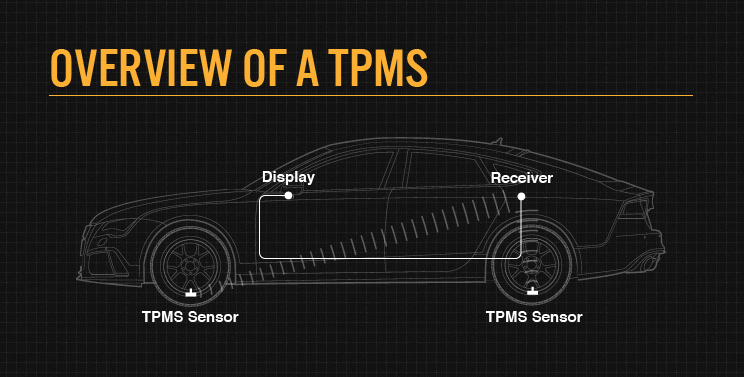
Therefore, even with TPMS, manual tyre pressure checks with a gauge are important to caring for your tyres and vehicle, especially for your safety and that of others. You should check tire pressure once a month, and before a long trip or when carrying extra load.
Source: Bridgestone
So you’ve just bought a new set of tyres for your car and you’re ready to hit the road. Before you do that, here are a few things to keep in mind to make sure your new tyres last longer and also keep you and your loved ones safe on the road.
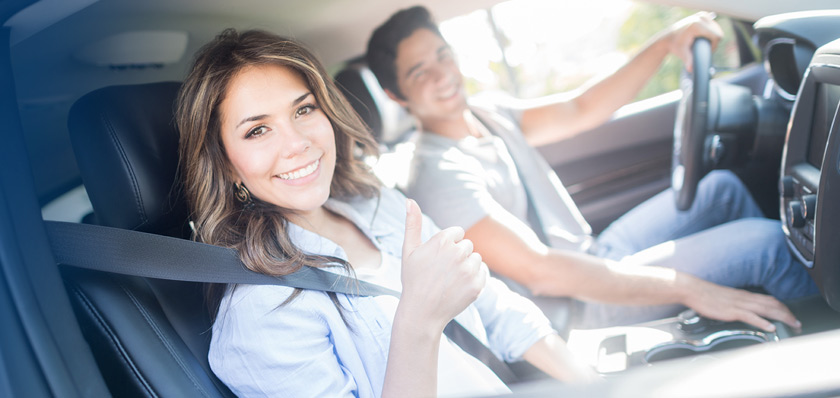

Drive smoothly
As simple as this sounds, the way you drive your car greatly affects how your tyres wear and how long they’ll last. Smoother gear changes, gentler braking, acceleration and cornering can all help to prevent unnecessary wear to your tyres.
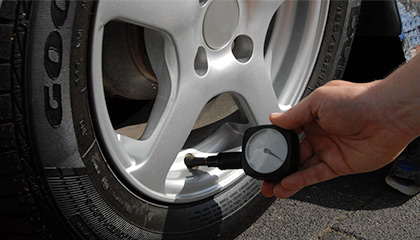
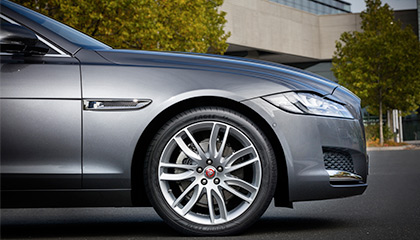
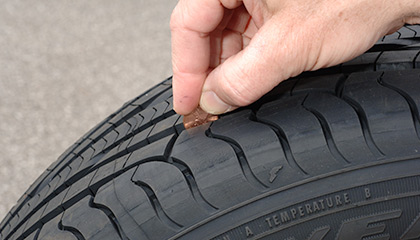 Be aware of where you drive
Be aware of where you drive
Another thing that you can do to help prolong the life of your new tyres is to pay attention to the road surface and your surroundings. Whether it’s potholes, uneven roads or even just not parking too close to a kerb, being careful when you drive not only keeps you safe but gives your tyres a longer lifespan too.
Keep your tyres properly inflated If your tyres are under-inflated, they create excess heat and this can lead to blowouts and make them more likely to puncture. Inversely, if your tyres are overinflated, blowouts can happen too due to overpressure and your treads will wear out a lot faster. That’s why making sure your tyres are properly inflated lets them last longer, and keeps you safer.
Get your wheels aligned
When your wheels are out of alignment, your tyre treads will wear out unevenly. This makes one part of the tyre weaker and more likely to get damaged. By getting your tyres aligned regularly, you can help make sure your treads wear evenly and last longer.
Check your tyres for tread wear
It’s inevitable for the rubber on your tyres to wear off the longer you drive. But what you can do to make sure that the treads wear evenly is to bring them in for check annually. This will not only let you take the necessary actions to prevent uneven tread wear, it also keeps you updated on the state of your tyres and how safe they are.
Source: Goodyear
Car tyre pressure is measured by calculating the amount of air that has been pumped into the inner lining of your tyre in pounds per square inch (PSI) or BAR pressure.
The manufacturer of your vehicle will specify the suitable pressure for your tyres, and it is your responsibility as the driver to make sure that the pressure is checked and corrected on a regular basis. We recommend doing this every two weeks to ensure optimum tyre pressure.

Under inflated tyres
Tyres can quickly become underinflated if you don’t check them regularly. Under inflated tyres will have uneven contact with the road and will exhibit excessive wear on the inside and outside edges of the tread if they are left underinflated for some time. Not only does low tyre pressure wear your tyres out more quickly but you may also experience increased rolling resistance with the road which means reduced fuel efficiency and increased CO2 emissions.
Over inflated tyres
Putting too much air in your tyres can be just as damaging and costly. Over inflated tyres will have a smaller contact patch – the part of the tyre that makes contact with the road – which can lead to a loss of traction and poorer braking distances. Overly high tyre pressure will also cause heavy and uneven wear across the central part of the tyre leading to shorter tyre lifespans than if it was correctly inflated.
Correct tyre pressures
It’s not always apparent that air is being lost from your tyres, but it generally escapes at the rate of up to two PSI of air every month. More air is usually lost during warm weather, so more regular checks are needed when temperatures rise.
You can find the recommended tyre pressure for your vehicle in your vehicle handbook or printed either in the sill of the driver’s door or on the inside of the fuel tank flap. Your vehicle manufacturer may suggest different tyre pressures for your front and rear tyres so make sure you aware of these guidelines.
Sources:KwikFit
Rotating your tyres periodically can help to prevent uneven wear and prolong the lifespan of your tyres.
When should you rotate your tyres? Generally speaking, it is recommended that you rotate the tyres on your vehicle once every six months, or 6,000 miles – whichever comes first.
To do so, each tyres need to be removed and refitted at a different position. This helps to ensure that each tyre wears evenly and lasts longer.
For each driving method, there is a correct way to rotate your tyres. You want to ensure that you rotate the tyres to the correct position for your vehicle.
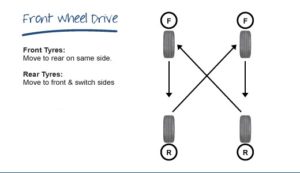
The two front tyres stay on the same of the car and are transferred to the rear. However, the rear tyres move forward and switch sides.
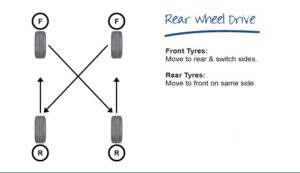
The two rear tyres stay on the same side of the car and are transferred to the front. However, the front tyres move backwards and switch sides.
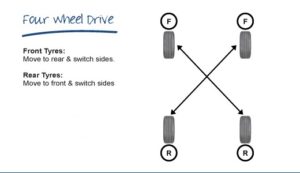
In this instance both sets of tyres swap sides and position. So the two front tyres move back and switch. At the same time the two rear tyres move forward and switch.
The above rules should not be followed if your tyres are ‘directional tyres’. The tread pattern on this variety tyre is designed specifically to work in a certain way in relation to its position on the vehicle – switching sides would be dangerous.

The tyres change position, but do not switch. The two front tyres move back and the two rear tyres move forward – they stay on the same side of the car as before.
Source: blackcircle.com